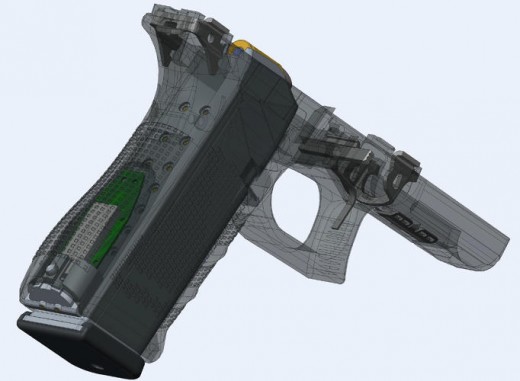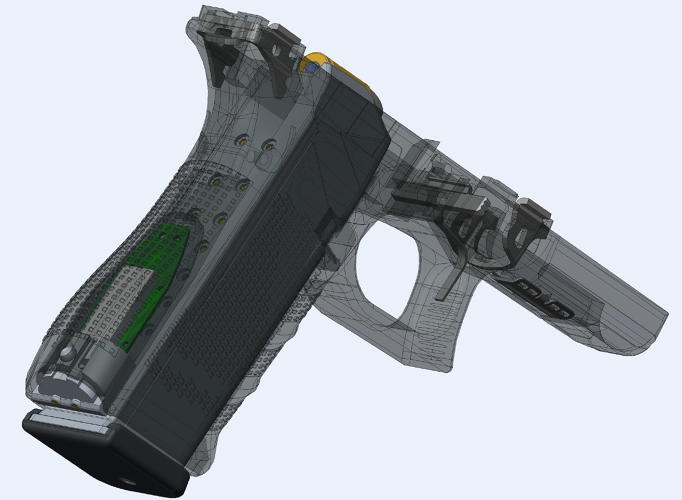Police Are checking out smart weapons That track When, where, and the way they’re Fired
Sensor-equipped guns may reveal when cops hearth at inappropriate times—or on the mistaken people.
Editor: Morgan Clendaniel

simply put, Yardarm technologies outfits weapons with inconspicuous, small sensors that can report again and send actual-time alerts on quite a lot of information: the officer’s place, when a gun is faraway from a holster, and precisely when and the place it’s fired. ultimately, the company plans to also report on other telemetry data that may be key items of proof, like the angle at which a gun was once aimed when fired. “we might take care of a record of what happened with the weapon,” says Yardarm vice president of selling Jim Schaff. at this time, police departments in Santa Cruz County, California, and Carrollton, Texas, are working with Yardarm to check the technology in ninety-day trials. First, Yardarm will merely obtain and analyze encrypted knowledge from officers’ guns (by the use of the sensors’ Bluetooth or radio connection with officers’ smartphones or different devices). subsequent, they’ll work on feeding the data back to the police division and putting in place alert programs that might, say, notify officers in the nearby when every other officer fires a gun. in the closing section, they’ll work to combine their programs with police dispatchers. If all goes neatly, the system will be more extensively adopted, simply as numerous police departments have began using physique-worn cameras to lend a hand observe the tales of officers and the people with whom they engage. the corporate desires to ensure it could appropriately analyze the information earlier than it offers extra difficult measures, such because the attitude a gun is fired. “when you have a Fitbit and you lose 100 steps a day, who cares? if you have a shooting in Ferguson, and that i’m telling you this is the direction he aimed, and i’m off by 15%, that’s a tremendous deal,” says Schaff. Co-founder Robert Stewart prior to now used to be part of an organization that put hardware in baggage to assist airways’ observe them once they’re misplaced. After Sandy Hook, like other new “sensible gun” startups, he thought about placing the identical electronics in guns, so non-public homeowners might be alerted if someone else used to be managing the gun. but then the first information article used to be published about their idea. “The very first comment on [the] article was once, in all caps, “i hope YOU DIE,” says Schaff. “We form of knew it was once going to be controversial, however man, it was once beautiful aggressive.” So the corporate shifted gears to market smarter weapons for cops, private security corporations, and even militaries and SWAT groups. Of the consumer market, Schaff says: “There’s a social need for know-how like this, however there isn’t an enormous market want.”
(132)














